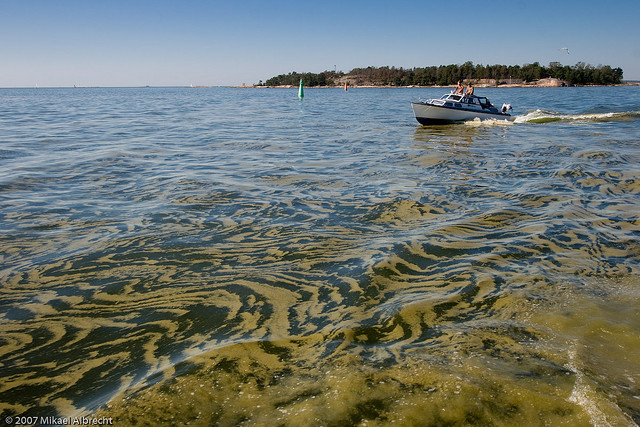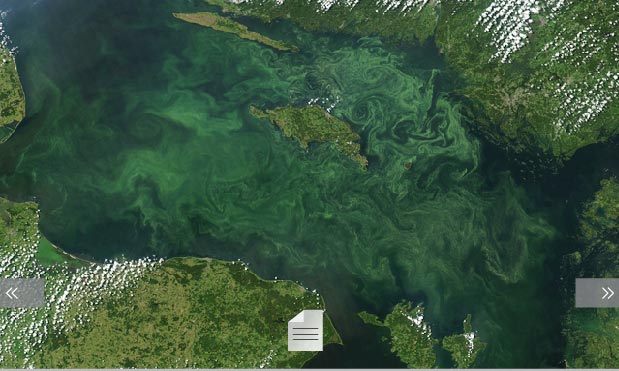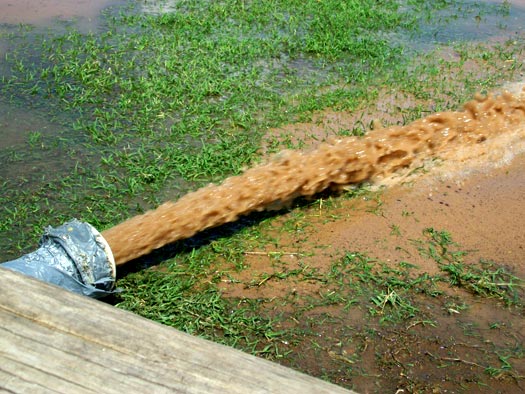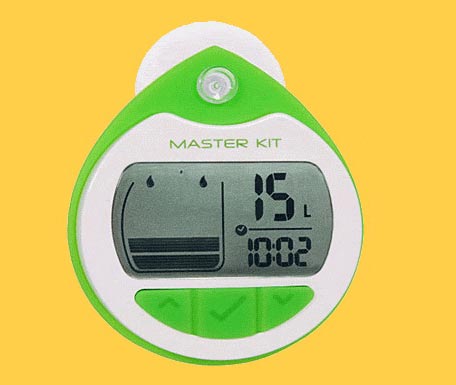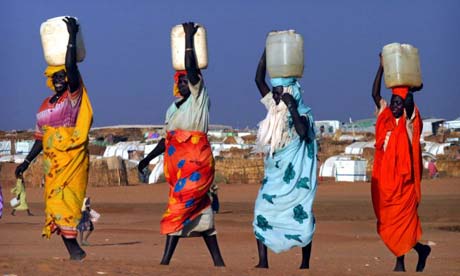Using public transport on hot summer days can be a nuisance, as can waiting for a fan or an A/C technician to arrive. But we are not the only ones not adapted for unusually long periods of heat. Nature’s creatures of temperate latitudes suffer from the sweltering summers even more.
The severe heat waves of the summer of 2010 took their toll across the Northern Hemisphere. While people in Russia tackled a spate of forest fires, the Mediterranean was invaded by the poisonous jellyfish Rhopilema nomadica Galil. The largest concentration of these sinister creatures was registered off the coast of Israel. New species of toxic jellyfish were discovered in the Black Sea off the Turkish and Bulgarian coasts. Poisonous jellyfish were also found off the Ussuri coast in the Sea of Japan, where over a hundred people were stung by highly venomous jellyfish Gonionemus vertens in the Russian town of Artyom.
The reason for the abnormal heat is global warming, due to which the average temperature of the Oceans is rising gradually year after year. Read more

